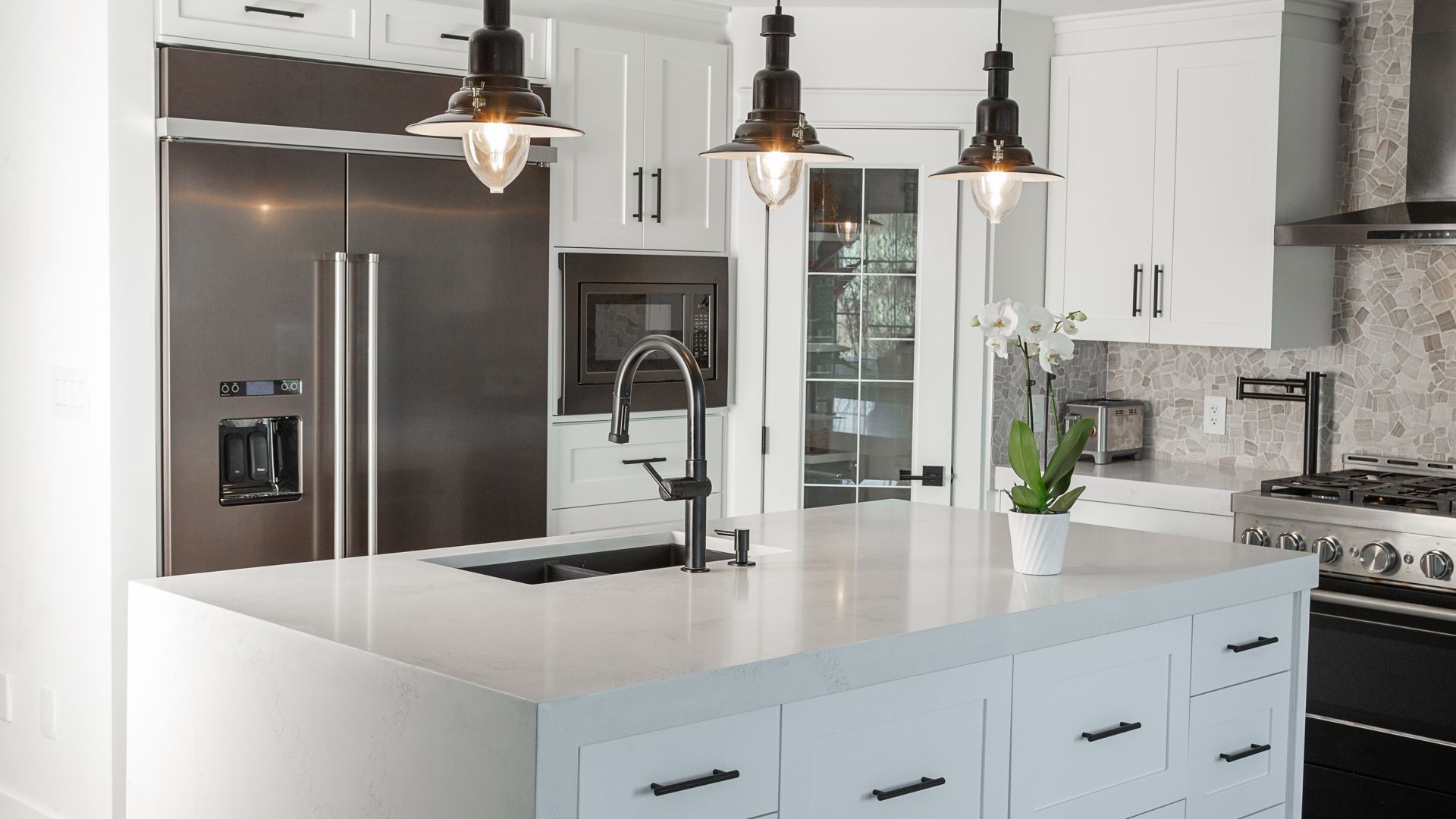Trees are some of our best friends: they provide shade, they clean the air, they make our property look more beautiful, and they provide homes for wildlife. However, they’re not friends to everyone and everything, and this is especially true for the plumbing lines that run near them. Trees are constantly growing and stretching their roots to look for more sources of water, and where else is a better place for water than a convenient plumbing line that has sprung a leak right near them.
Tree roots often need even the smallest of cracks or leaks in order to find their way into a plumbing line, where they continue to drain the water and grow. Tree roots that are continually exposed to the flow of water often grow quickly, expanding until they fill up the entire plumbing line, blocking it almost entirely and causing a nearly-complete or even full and complete blockage. This is the problem known as root intrusion, and it can be a massive hassle to deal with. So on this blog, our Bartlett plumbers are going to offer you a few tips for how to prevent root intrusion and what you should do if it becomes a problem.
Fixing Root Intrusion
Root intrusion is a fairly common problem with older plumbing lines, notably those made out of concrete or clay, because they often develop microscopic leaks after a few decades of use. Generally, newer plastic plumbing lines, such as those made out of PVC, will last much longer and are far less susceptible to leaking (though not immune). Tree roots are likely to exploit weak points, and they usually identify weak points by following the source of water right to it.
When a tree root does intrude, you may be able to get rid of it through hydro-jetting. Hydro-jetting is a service in which a trained plumber uses a specialized nozzle connected to an extremely high-power pressure washer. The plumber then feeds the nozzle up your plumbing pipe. The front nozzle, which has the highest pressure, blasts everything in front of it and eviscerates just about anything its path, making quick work of even some of the largest tree roots. The nozzle also has lower-pressure side jets which then wash the blasted-away tree root back down the sewer as well as clean the sides of your pipe, leaving them brand new once again.
However, no amount of water blasting is going to fix a pipe that has been badly broken or chipped away at by a tree root that has grown significantly and only furthered the damage. When this is the case, you’re going to have to replace the pipe. Now, in the past this used to mean bringing a digger to your yard, digging up the pipe, placing a new one in, and then replacing everything—a process that took days and cost thousands. However, today the process can be done in as little as a few hours and requires next to no digging whatsoever.
Trenchless pipe repair involves feeding a canvas tube soaked in resin through your plumbing line once all tree roots have been cleared away. Once the damaged area has been covered, the plumber then pressurizes the tube, blowing it up like a balloon where it expands and fills your pipe. The resin then dries, allowing the canvas to hold its shape as a strong, durable, and tightly-sealed replacement pipe that will last for several decades more.
Preventing Root Intrusion
Want to avoid having this problem all together? The easiest way to prepare for it is to know where your main plumbing lines are and avoid planting anything on top of them. Grass or small flowers are generally less to worry about, especially if your pipes are several feet underground. However, trees that will eventually grow large and sturdy will have roots that can penetrate as much as a couple dozen feet, placing your pipes well within range. Try to avoid planting them near these lines if at all possible.
Second, if you do have these old plumbing materials in your pipes, considering having your pipes replaced with this trenchless method. Cutting off any leaks that may develop before they can start feeding tree roots can prevent root intrusion from damaging your plumbing and causing serious backups in your lines.
If you’re facing a root intrusion problem in your home, don’t hesitate to speak with a Bartlett plumber from Smith’s Plumbing Services! Call us today at (901) 290-1110 to request an estimate.